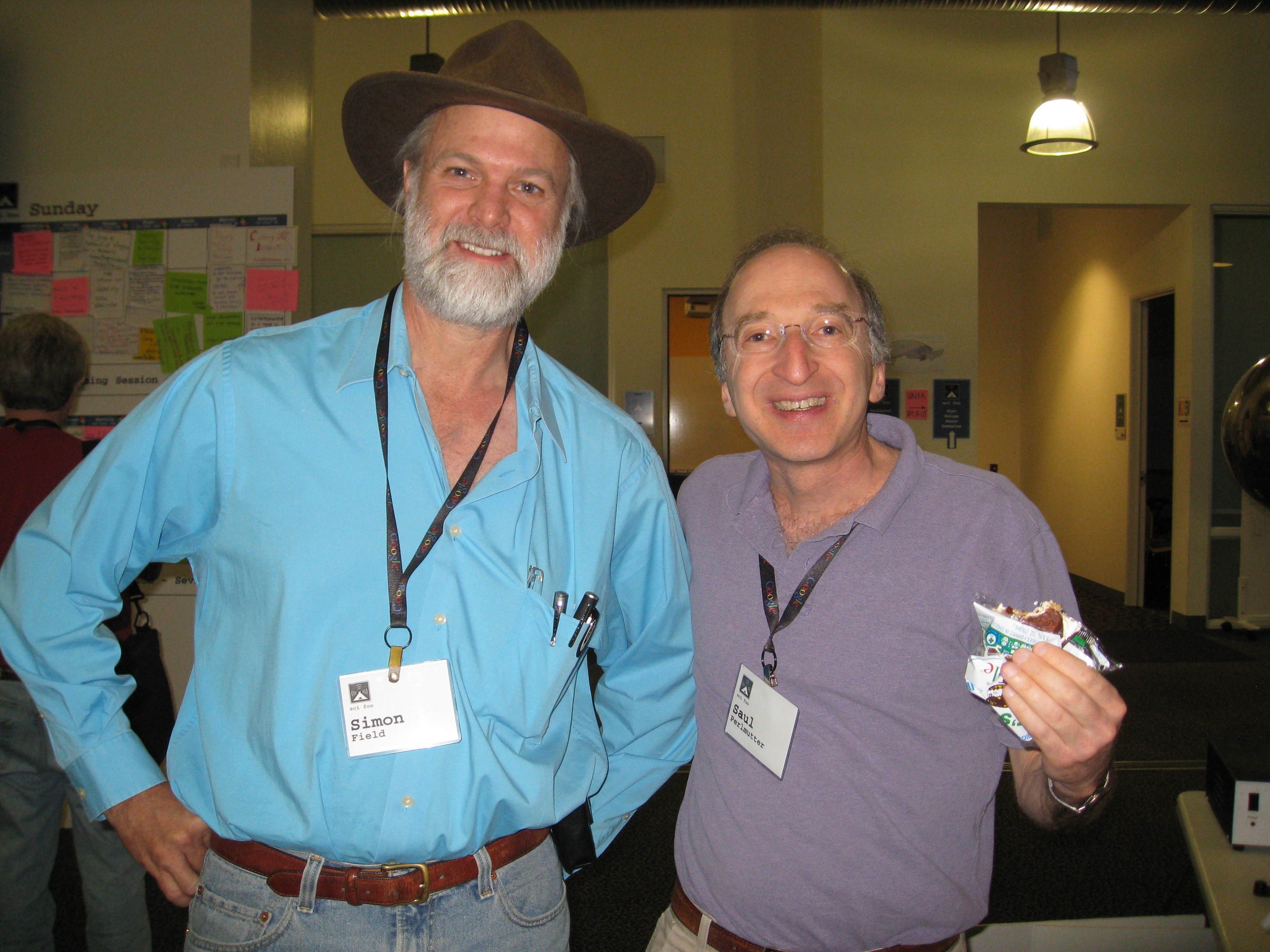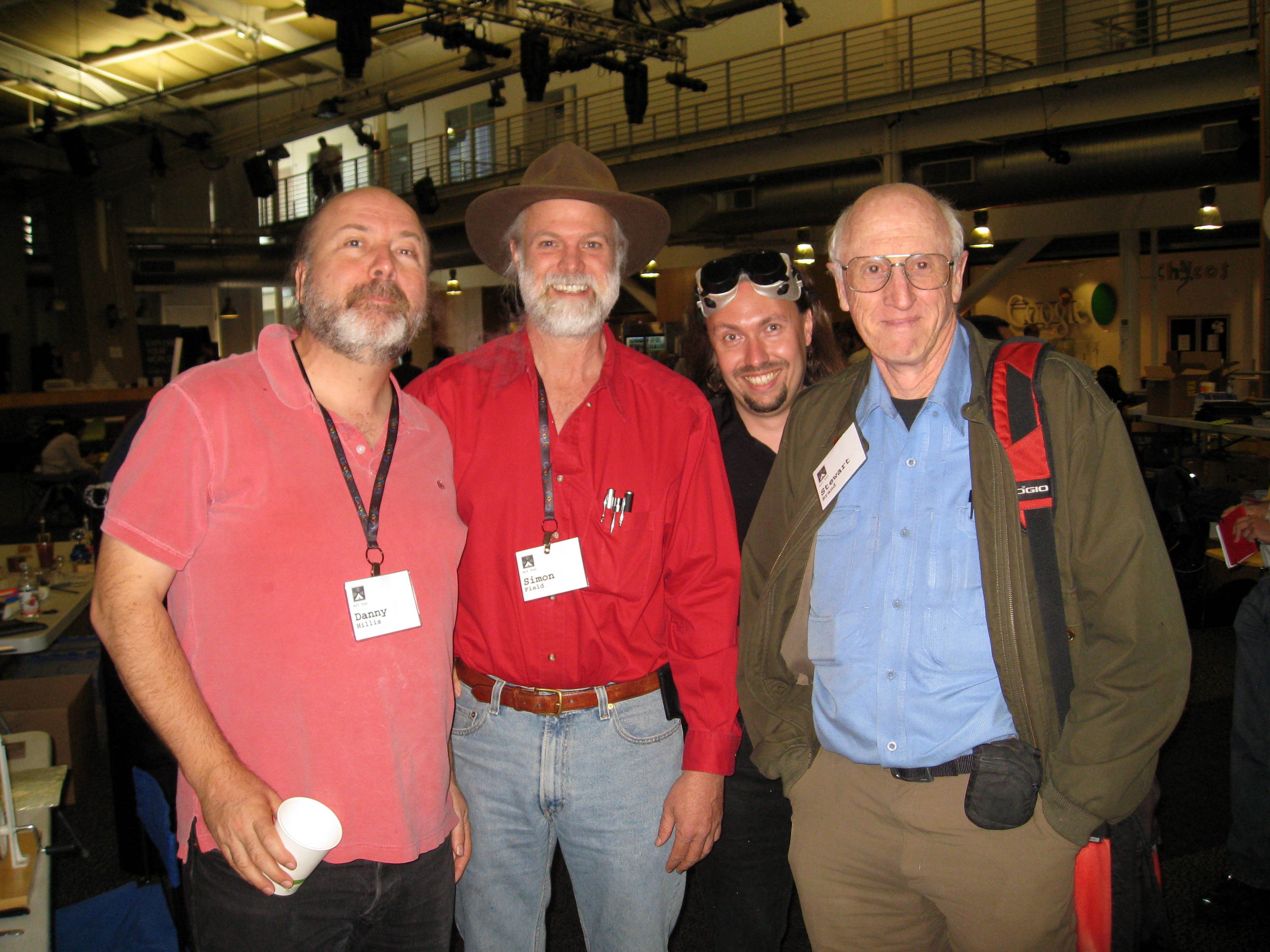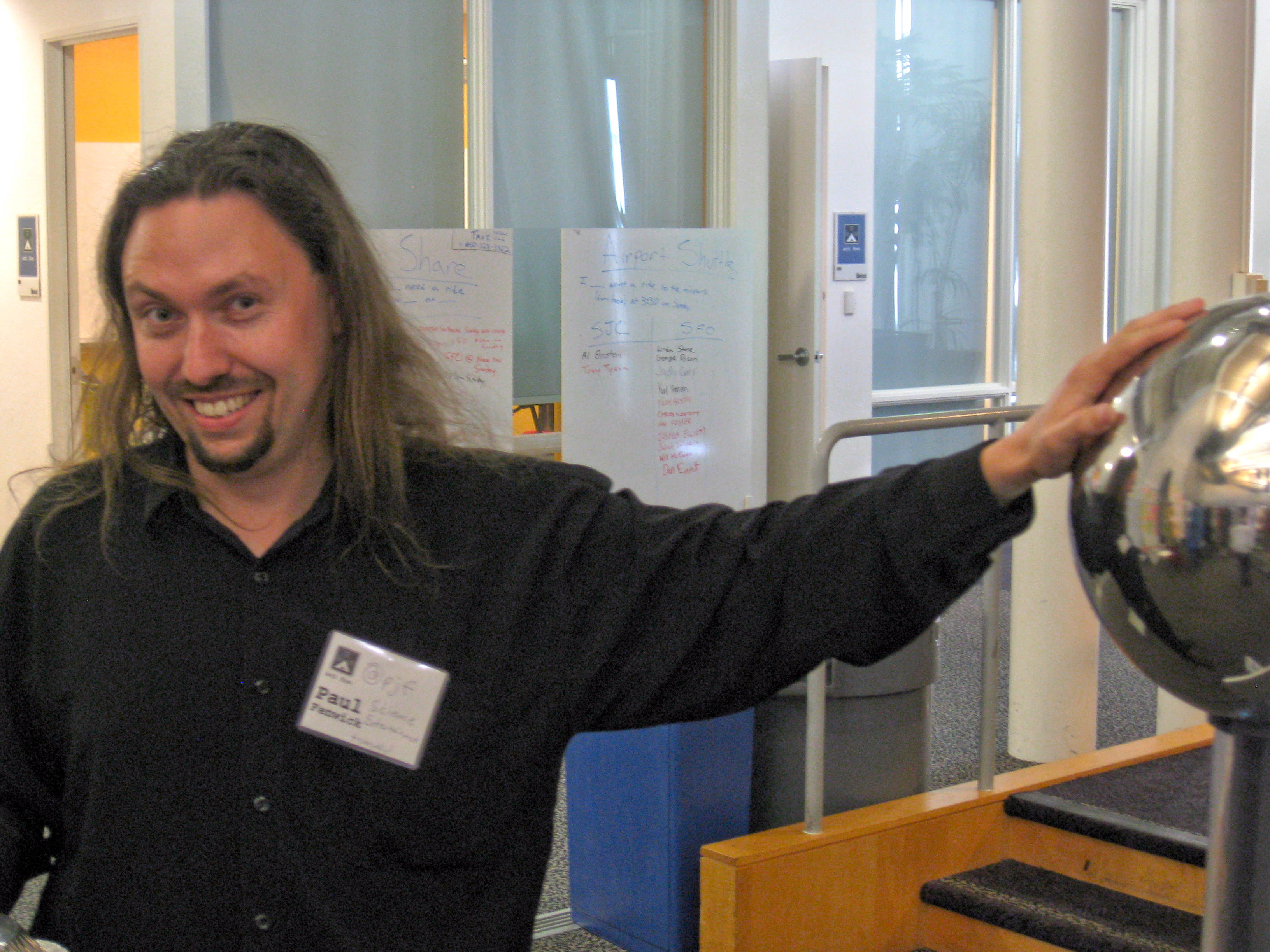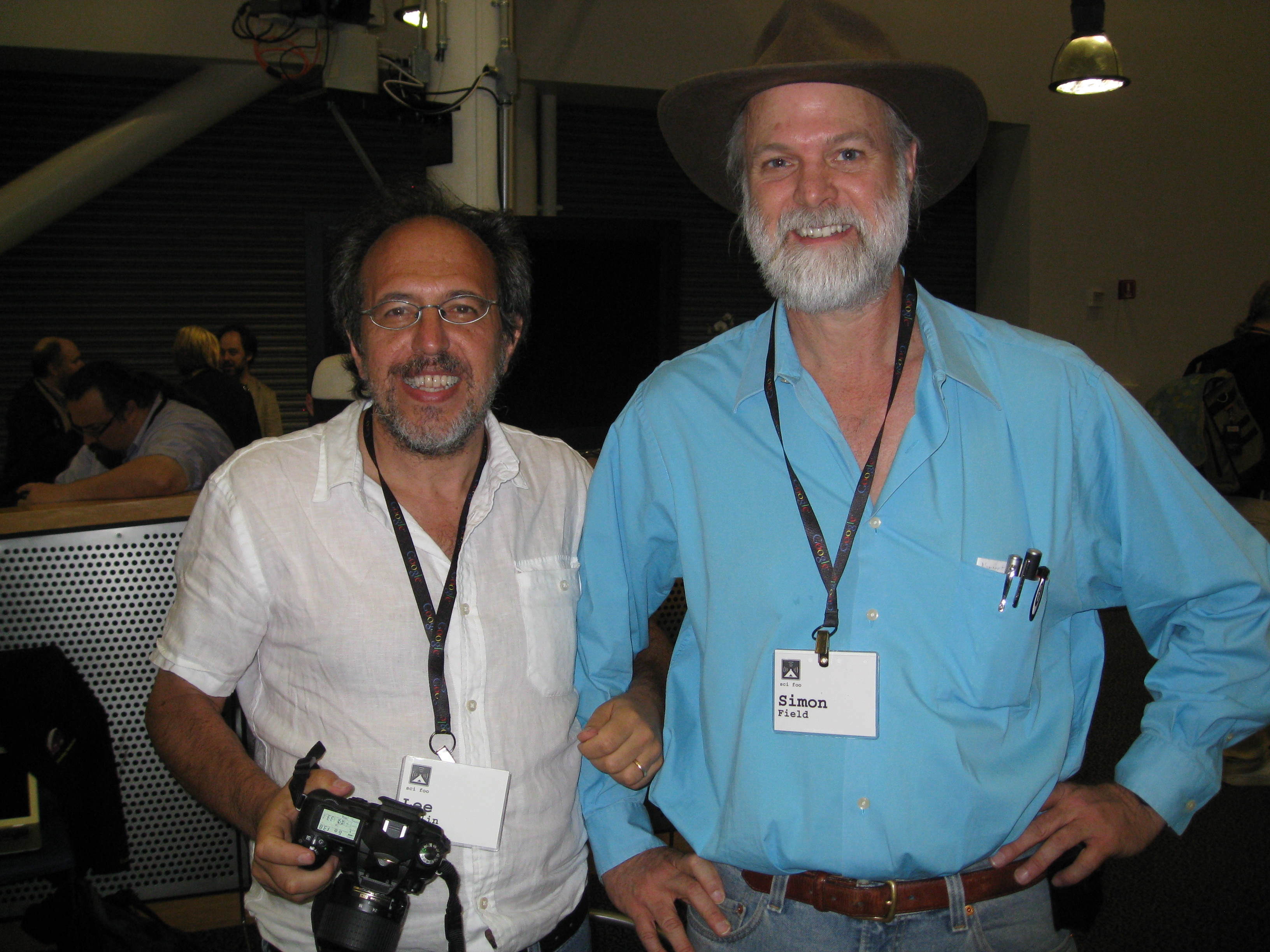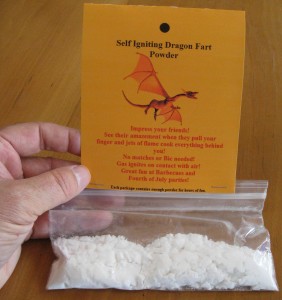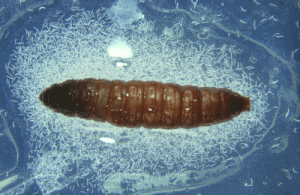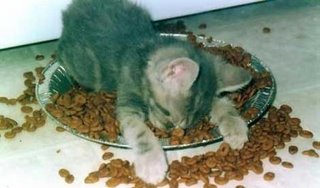The annual SciFoo un-conference is always amazing, and 2010 did not disappoint.
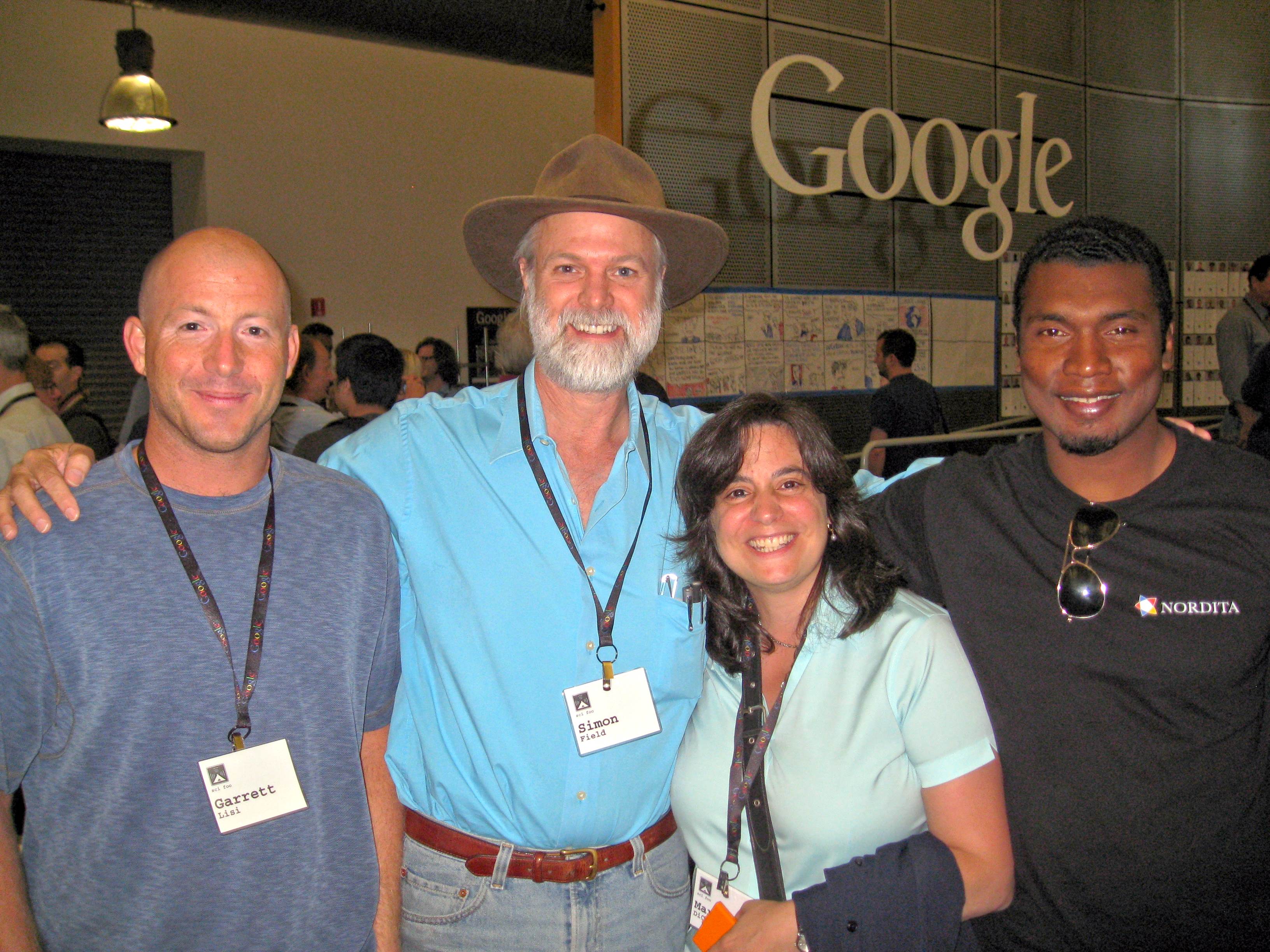
Physicist Garrett Lisi, executive editor of Scientific American Mariette DiChristina, and cosmologist Stephon Alexander, pose with Simon Field
We all arrived at about 5:30 Friday afternoon, and as we were waiting for dinner, I found Max Tegmark talking to Paul Davies, and I asked a question that had bothered me on the drive over. How do gravitons get out of a black hole?
Paul Davies jumped right in. “That’s easy,” he said, and launched into a 20 minute description of virtual particles, event horizons, and evaporation of black holes as negative energy fell into them. It turns out he had written the first paper on this subject 20 years ago or more. I think I followed his descriptions pretty well (he is very good at explaining things to non physicists), but I will have to look up that paper before I try to explain it to anyone else. I left him with Lawrence Krauss and went to dinner.
At dinner I found myself across from Saul Perlmutter, the cosmologist who discovered the accelerating expansion of the universe, that led to the realization that dark energy accounts for 74% of everything in the universe. I brought my friend Theo Gray over to meet him, and explained that I had just seen Saul, Max, and Garrett Lisi on television the night before, explaining cosmology to Morgan Freeman.
On Saturday, the actual talks in conference rooms started. I chose to start with Nat Torkington‘s lightning talks, where speakers get five minutes to describe what they have been working on. These are always fascinating, and a great way to get to know who you absolutely must talk to later. I happened to sit next to physicist Alan Guth, the guy who figured out there was a period of inflation right after the big bang. I told him about my talk with Paul Davies, and he said it was probably best that I talked to Paul first, as Alan might not have had a ready answer for my question. I’m really going to have to read that paper.
The talks were great, everything from getting sued by Facebook for using what they had published on the web, to worm spit used to make biocompatible LED tattoos, to Josh Bailey’s irresponsible behavior with high voltage, to Beth Shapiro‘s wonderfully funny experiences in Beringia digging up fossil DNA and eating mammoth meat.
After the lightning talks, Michael Shermer and Bruce Hood gave a great talk about belief and reason. Then came lunch, where I sat with Jose Gomez-Marquez and talked about using some of the techniques I used to build scientific toys to build medical devices for third world countries. I left him with some of my tiny microscopes to make a laser projection nebulizer analysis tool.
After lunch Paul Davies led a discussion on how to find evidence that life on earth was created more than once from basic chemicals. Finding that life evolved more than once on earth would make it more likely that it evolved elsewhere as well.
Later, Lee Smolin talked about how loop quantum gravity theory got started, Garrett Lisi talked about developing a theory of everything while surfing in Hawaii, Stephon Alexander talked about expanding Alan Guth‘s inflation theory to explain unanswered questions, and all of these stories were told through personal experiences and humor, and you got a real sense of what it is like to live on the cutting edge of theoretical physics.
On Sunday, I taught Connor Gray how to demonstrate science toys while his father Theo and I went to more talks. In return for doing that, I gave him a 405 nanometer laser (purple light). He had spent the day playing at my farm the day before, and had gotten the same 5 hours of sleep that we all had, but he did a stellar job at the demonstrations. Watching Devin and Michael Shermer breath fog out of their noses like dragons after eating whipped cream frozen in liquid nitrogen was a real treat.
